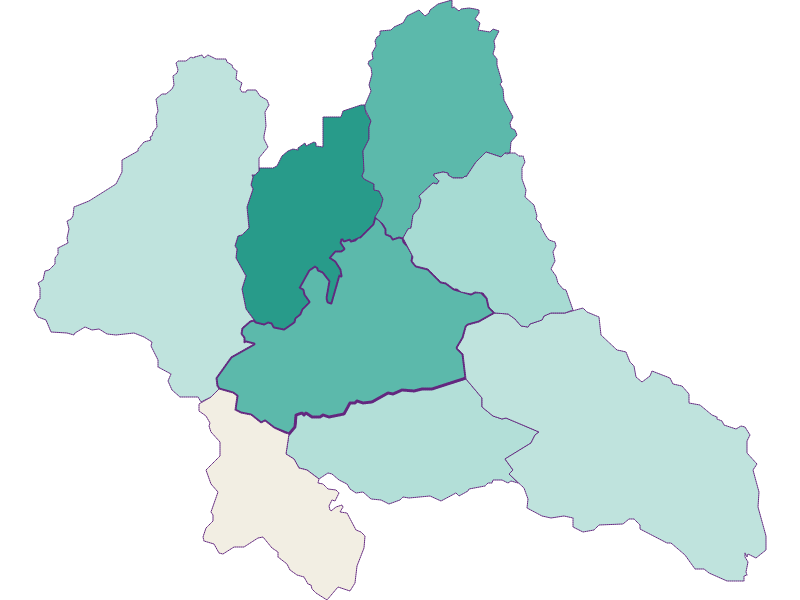-
Population trends are defined as the development of the population in a geographical unit over a given period. Population trends are informative from a historical, economic and sociological point of view, as they are a cross-sectional indicator resulting from a wide range of other developments.
-
Similio offers numerous Population since 1900 comparisons with interactive maps. There is a separate map for each Austrian municipality. Further maps for Population since 1900 are available at the level of political districts, landscapes, regions and at the level of federal provinces.
-
Keywords on Population since 1900:
rural exodus, emigration, immigration, urbanisation, suburbanisation, bacon belt, history, development, population, inhabitants, city, country, growth, decline, village death, suburbanisation, economy, jobs.
Population development since 1900

Population since 1900: Description
1900-2018 in Bad Gastein
Sine 1900, the population development in Bad Gastein has been 140,00%. The population development of the neighbouring municipalities is shown in the table of neighbouring municipalities.
Population since 1900 in Neighboring municipalities
- Population since 1900 in Flattach : +31,00%
- Population since 1900 in Malta : +59,00%
- Population since 1900 in Rauris : +63,00%
- Population since 1900 in Mallnitz : +70,00%
- Population since 1900 in Hüttschlag : +75,00%
- Population since 1900 in Großarl : +141,00%
- Population since 1900 in Bad Hofgastein : +235,00%
Bad Gastein: Main postcode (ZIP code): 5640
Additional ZIP Code(s): 5645
Towns & cadastral municipalities: Bad Gastein.

Living
- Urbanity : 0
- Prop. price : 175,10€
- Settlement : 4,03
- Household size : 2,18
- Sec. residences : 48%

Population
- Density : 24,41 People/km²
- Since 1869 : +332,00%
- Since 1900 : +140,00%
- Since 2011 : -7,00%
- General elections

People
- Youth : 11,90%
- Seniors : 23,00%
- Sec. education : 63,60%
- Ter. education : 8,30%
- Foreigners : 24,40%

Work
- Unemployment : 11,30%
- Activity rate : 65,30%
- Commuter : 38,80%
- Farmers(Federal) : -69,12%
- Farmers(Austria) : -72,48%


